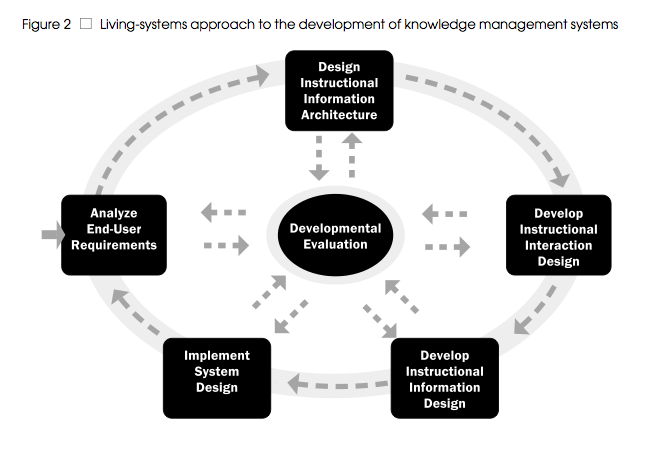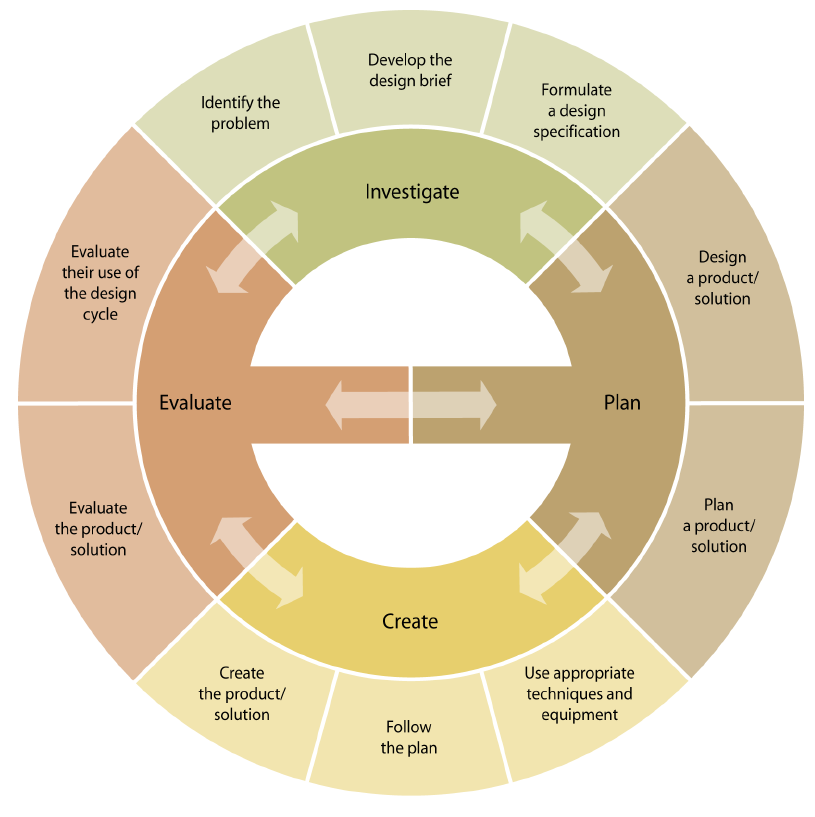… or, Representational Autobiconography as assigned by Frank Migliorelli
Creating “my story” was actually not as difficult as I had anticipated. Actually, for me the question was, Which story to tell? I drafted several outlines (0n paper — I always do my pre-writing/pre-project work on paper) and decided that most stories were too difficult to tell using iconic images. I think the reason is because I was thinking in terms of emotion rather than events, and emotions, while easy to convey using imagery such as photographs, are difficult to convey using icon-type images. So, I elected to tell a story with events and places. I even limited the people in my story — again, just too difficult to do simply without showing relationships and emotions.
(Note: thanks to those of you in my Twitter network who provided advice / tips. I hope my reasons above justify my choice of “techniques.” I so appreciate your input and hope you understand why I chose these techniques.)
The images I chose had largely to do with places and what it was I was doing in those places. It was a challenge to use iconic images to
represent places because the risk of using stereotypes was so high. I wonder if others had this problem, or if it is unique to me because of the varied places I have lived. It definitely made me think about how culture and stereotypes influence our visual understanding, and it is a two-way street in this sense. As in, our understanding of other cultures is sometimes derived from the visuals we see. But the visuals we see also create the understanding we come away with. For example, if you see this first image:

… chances are you will assume that the photo is from Vietnam. And you would be correct. Why would you assume this? The conical hats, of course. In many ways, the conical hat represents Vietnam.
But what if you saw the next image?

Would you also think “Vietnam” as soon as you saw it? It is also from Vietnam, yet we don’t usually associate construction and skyscrapers with the stereotypical Vietnam. But those images are just as “normal” as anyone who has lived in an urban centre in Vietnam will tell you!
Choosing images to tell my story was definitely strategic. I wanted to follow the KISS principle — Keep It Simple, Stupid. Less is more and all of that. I originally had ideas about how to communicate to my audience about the type of schools I’ve been teaching in these last 8 years, but quickly realized that too many representational images on one slide was going to be difficult and confusing for the audience to understand.
I think the most complex thought I tried to transmit was the last slide, whereby I was trying to show that studying and learning (albeit with an ironic bent of boredom) will lead to enlightenment. I wanted to actually make it look as though studying + collaborating = enlightenment, but I could not find any simple images to represent collaboration. There were plenty of cheesy simple ones, or complicated artistic ones but none of them complemented the images I had already chosen, which I chose deliberately for their simplicity in composition.
And so, here is My Life in Iconic Images, version 1.0. Please be gentle. 🙂

My Life in Iconic Images by Adrienne Michetti is licensed under a Creative Commons Attribution-Noncommercial-Share Alike 3.0 United States License.
Based on a work at www.slideshare.net.
Permissions beyond the scope of this license may be available at http://msmichetti.edublogs.org/about/.
Image Credits:
- Morning Meeting at the Fish Market by Lucas Jans [http://www.flickr.com/photos/vsf/ / CC BY-SA 2.0]
- towards the 21st Century by E8Club under this license


